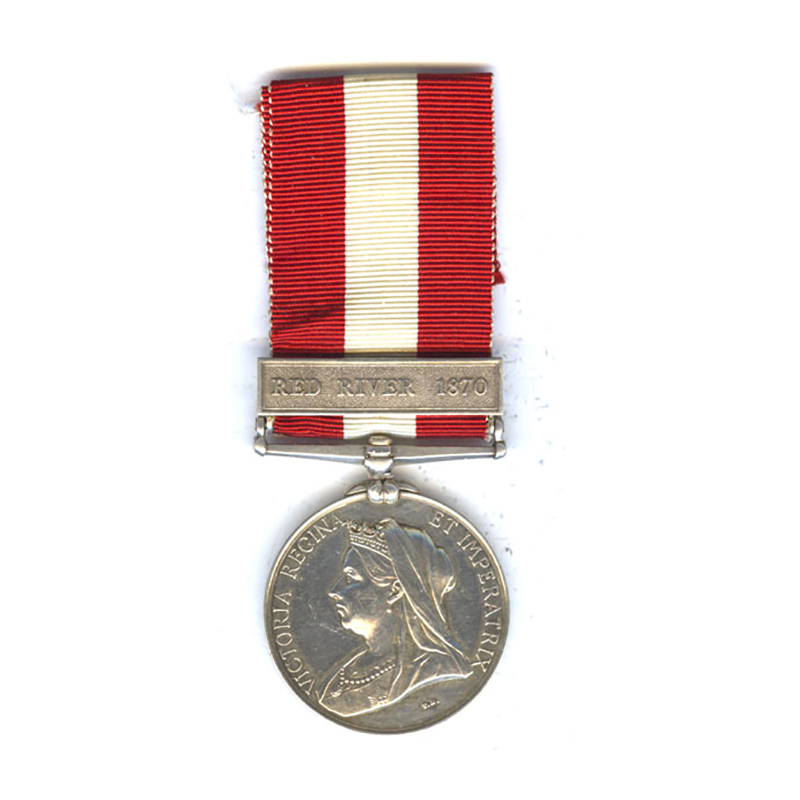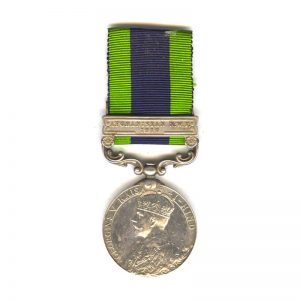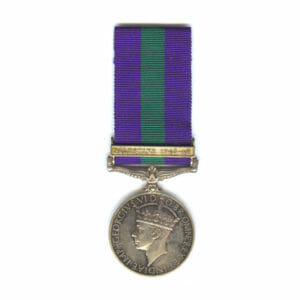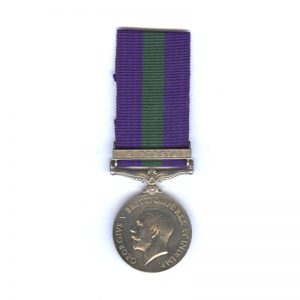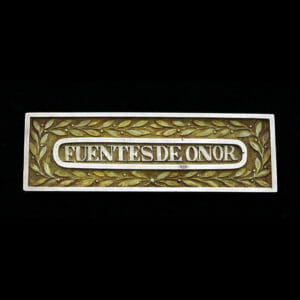Description
Canada General Service Medal, bar Red River 1870, Private J. Brashaw, Commissariat Staff Corps & Army Service Corps.
naming officially engraved in England according to the Roll and extremely rare.
The year of 1870 was incredibly challenging for the only 114 Officers and Men combined of the Commissariat Department, Commissariat Staff Corps, Purveyors Department, Military Store Department and Barrack Department stationed in Canada.
In 1869 the Officers were formed in the Control Department whilst the other ranks were formed into the first Army Service Corps. The officers would perform Supply, Transport and Pay functions whilst the men were grouped into Transport and Supply Companies.
The force that was sent to combat the Rebellion consisted of 1214 Men, only 12 of which were from the Army Service Corps.
The Army Service Corps and Control Department played a major role in the movement of the forces, which was under threat from Americans, Fenians and the Rebellion all at once.
The 1/60th took the lead, followed by the two militia battalions with the boats of the other units interspersed amongst them. The first leg of the route would be across Lake Shebandowan, over the watershed at Height of Land portage, and then down a series of lakes and
rivers to Fort Francis, 208 miles away. Colonel Wolseley, with Assistant Controller Irvine, Wolseley’s personal servant, and eight voyageurs ranged along the route in a canoe, often in the lead blazing the way.35 Commissary Mellish, who
was to be the Control Officer at Fort Francis, had the ASC and AHC men in his boat along with the tents for the field hospital, the field oven, and the medical comforts and stores. They formed part of “G” brigade and departed M’Neill’s Bay on 19 July.
When Colonel Wolseley arrived at Fort Alexander, all of the 1/60th plus the gunners and engineers were already there waiting for him.
44 Conscious of the coming fall, and of the need for a quick conclusion of the campaign, he set out on 21 August for Fort Garry, which was only 80 miles away. After an overnight stop, the flotilla of 50 boats started up the Red River in battle order. Capt Butler and Assistant Controller Irvine, in Colonel Wolseley’s canoe, took the lead and had orders to report anything unusual or suspicious.
The rest of the boats were drawn up in two lines behind them, with a mountain gun mounted in the first boat of each column. On the 23rd, they appropriated some horses and an advanced guard of Mounted Infantry was deployed on each bank of the river.
They camped that night in the rain and advanced on Fort Garry on the 24th.45 Riel and his cohorts were aware of the approaching troops but were not certain of their location. Their entry into Fort Garry caught Riel by surprise. He quickly fled with his associates, leaving their breakfast behind on the table to be claimed by some officers of the 1/60th, including Capt Buller.
This campaign was the first real success for the idea of an Army Service Corps, the previous iterations in place during the China and Crimea war were largely unsuccessful and did as much harm as good.
Private Brashaw was discharged soon after returning to England whilst stationed back in London with the Army Service Corps on the 15th July 1871 after 11 Years 178 Days of service, noted as for ‘Bad Character’
